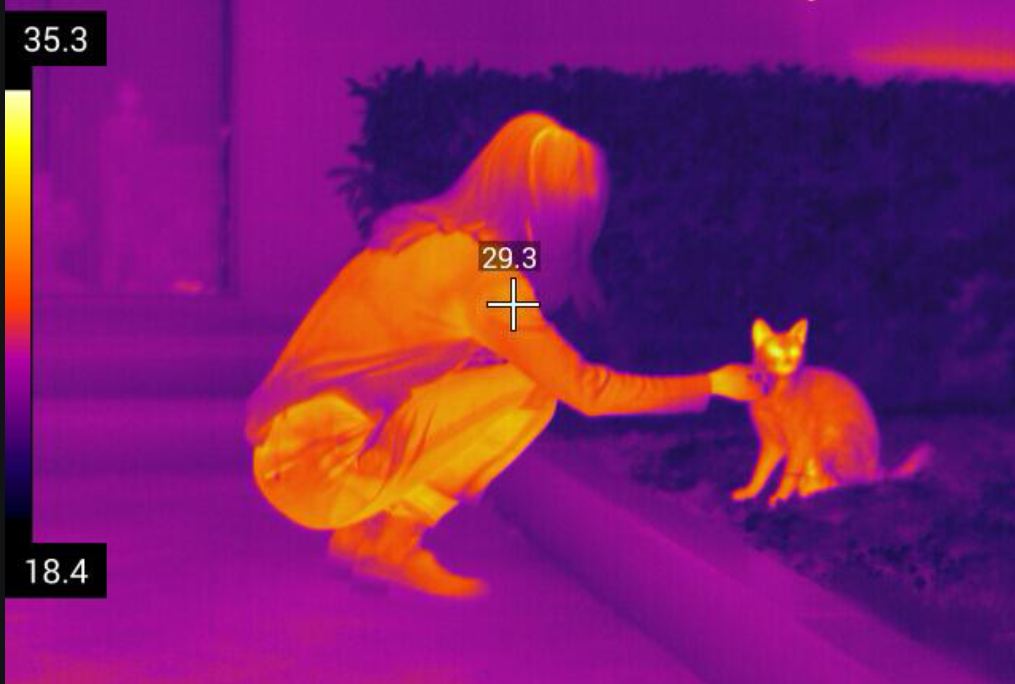An essential condition for optical elements to work with infrared light is that transparency (i.e., propagation with low absorption and scattering losses) is obtained for optical materials – particularly for elements like lenses and prisms, where propagation lengths can be significant, but often also for dielectric coatings.

Many optical materials which are transparent in the visible optical range also exhibit good transparency in the near infrared, but not for longer wavelengths (mid and far infrared).

Such behavior with a relatively sharp infrared absorption edge is typical; it results from multiphonon absorption. This process sets in where the photon energy is only a small multiple of the maximum phonon energy, so that the energy of a photon can be converted to that of a few phonons. For shorter optical wavelengths (higher photon energies), such processes have higher orders (i.e., involve more phonons) and rapidly become very weak. Equally, it helps if the material is chosen such that it has low phonon energies, i.e., relatively slow vibrations of its lattice. Typically, that is the case for materials with relatively heavy constituents. At the same time, such materials often exhibit a small band gap energy, which results in strong absorption for shorter wavelengths: both edges of the transparency range are shifted towards longer wavelengths. As a result, such materials often exhibit strong absorption in the visible spectral region. Some of them look yellow or orange due to absorption only in the blue region, while others are even completely opaque.


